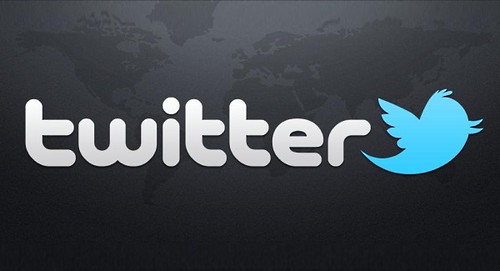Hashtags have been a Twitter staple since the very beginning. Anyone can use them, anyone can create them and there’s arguably no better way to define and draw attention to your tweets.
Despite the relative simplicity of Twitter hashtags however, a surprising number of Twitter marketers fail to use them correctly. And the result is tagging that tends to harm rather than help the reach of their tweets.
Should you find yourself looking for more attention, engagement or profits on Twitter, here are ten simple tips for using hashtags to get it.
Use the Right Hashtags
With so many new hashtags popping up on a daily basis, it’s important to take your time when choosing one. Use sites such as hashtags.org and whatthetrend.com. Look for hashtags that are not only relevant to your tweet but also popular among the audience that you are trying to reach. The higher your chosen hashtag scores in these categories, the further your tweet will go.
Don’t Use Irrelevant Hashtags!
Resist the urge to use irrelevant hashtags. This might sound obvious but it’s a rule that many Twitter marketers break. When you see an irrelevant hashtag trending like crazy, it can be pretty tempting to use it. After all, free traffic right? Unfortunately however, using irrelevant hashtags dilutes conversations and just generally irritates people. Don’t sacrifice your credibility for a few cheap hits.
Don’t Use More than Two
Regardless of how many popular, relevant hashtags you find, limit yourself to two at most. Any more than two and you start to look like a spammer. Any more than five and you start to become downright annoying.
Contextualise your Hashtags
Rather than just throw hashtags onto the end of your tweets, try to incorporate them into the sentences that you are using. Doing so not only makes your tweets look more natural, it also gives you more room to write.
Use Capital Letters
Hashtags aren’t case sensitive, #hashtag and #HashTag are the same thing. The latter however is significantly easier to read. If your hashtag of choice has more than three words, a little bit of capitalisation is therefore well worth using. It can also help you to avoid any unfortunate misunderstandings such as Susan Boyles now infamous album party tag, #susanalbumparty.
Keep Them Short
If you want to create your own hashtags (which you should), the first rule of doing so is that you need to keep them short. 140 characters is short enough without using 20 of them on a hashtag. If you want your hashtags to have a realistic chance of being reused, you need to keep them short and sweet.
Don’t Use Abbreviations
While it’s important to keep your hashtags short, it’s also important to keep them meaningful and this means no abbreviations. #HGIBF might make sense to you but it’s likely to look like a bunch of random letters to everyone else. And if people don’t understand your hashtag, good luck getting them to use it.
Promote Them
A newly created hashtag is only as valuable as it is known. The first step towards promoting a new hashtag is obviously to start using it yourself but that’s not the only step that you should be taking. If you’re a blogger, display it prominently around your blog. If you’re a small business owner, display it prominently on all of your marketing materials. In other words, promote your hashtags in the same ways that you promote your Twitter account.
Make Sure it’s Actually New
The last thing that you want to do is promote a new hashtag only to find out that people are already using it for something else. This is called hashtag hijacking and whether you do it accidentally or not, it’s seriously frowned upon. Every time you come up with an excellent hashtag idea, always make sure that somebody else hasn’t already beaten you to it.
Be Realistic
Finally, there’s no denying the importance of hashtags for Twitter marketing but it’s important to realise that they are just one piece of the puzzle. Can they help you attract a following? Certainly. But don’t expect a hurricane of viral attention just because you’ve mastered them.











